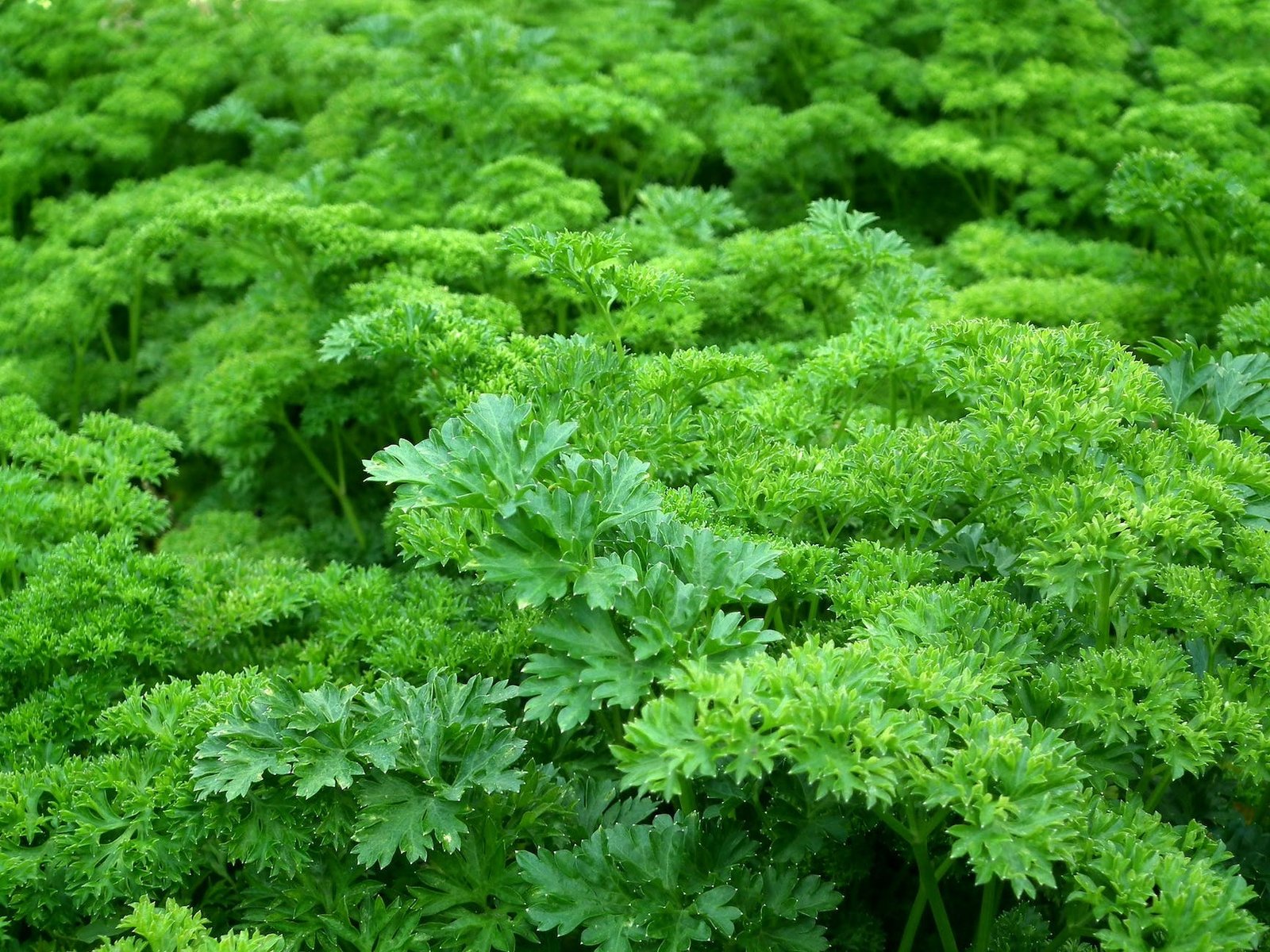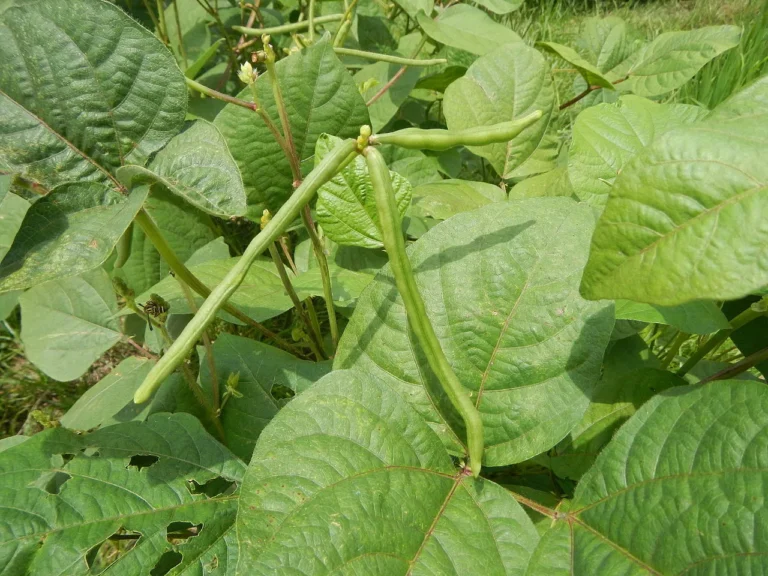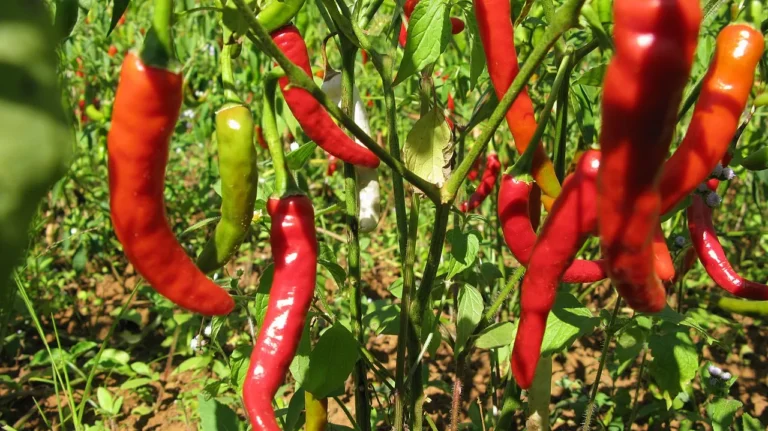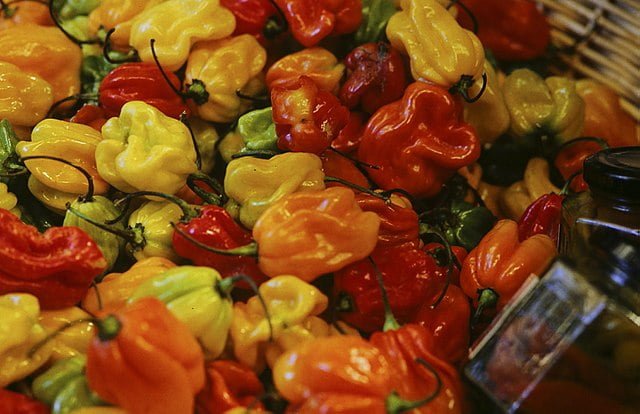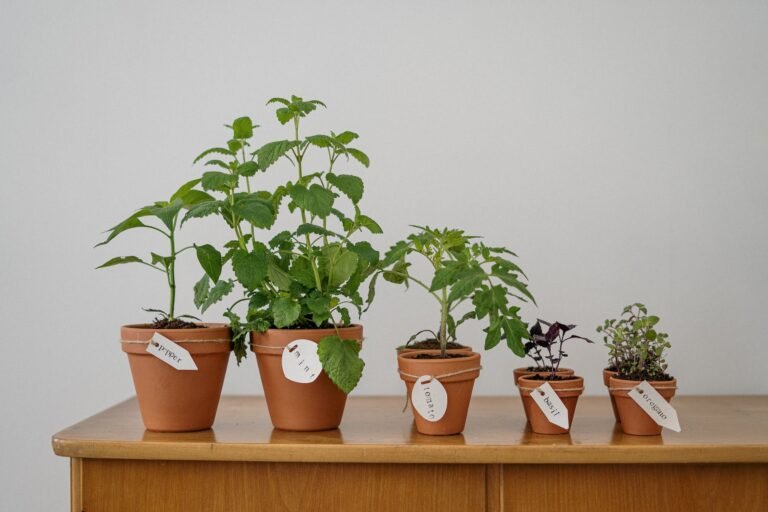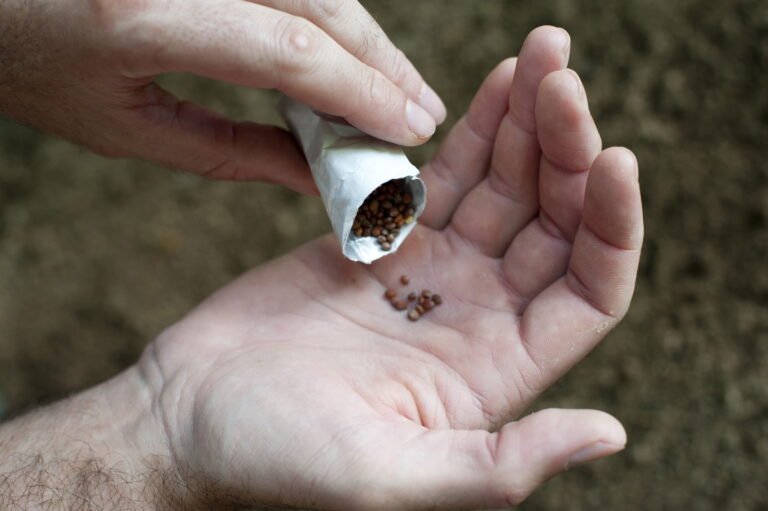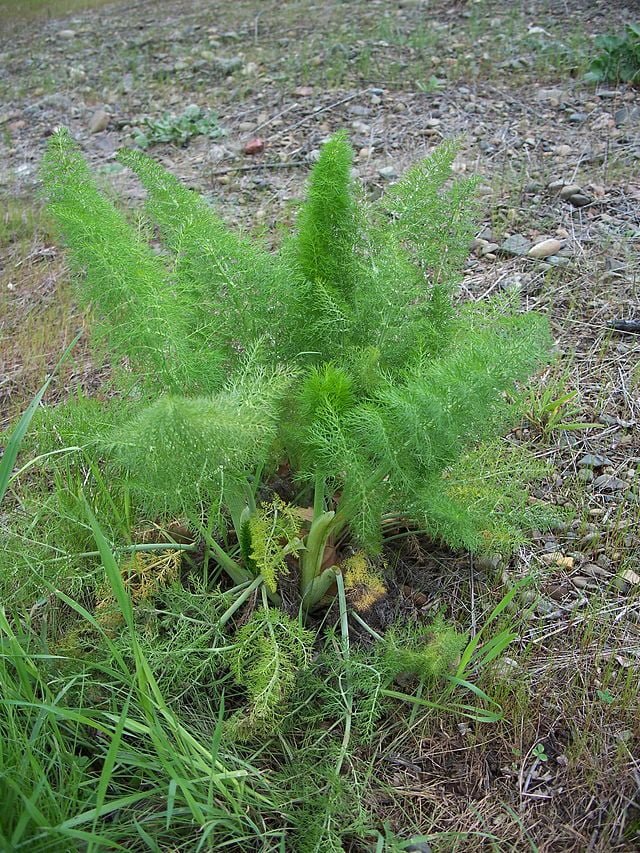How to Grow Parsley: A Comprehensive Guide
Parsley, a versatile herb known for its bright green leaves and mild flavour, is a staple in many kitchens and gardens. Growing parsley is a rewarding experience, offering fresh, nutrient-rich greens for culinary delights. This guide will walk you through the process, ensuring a successful harvest.
Selecting the Right Variety
Parsley comes in several varieties, each with unique characteristics:
- Curly Leaf Parsley: Recognized by its ruffled leaves, often used as a garnish.
- Flat-Leaf Parsley: Known for its robust flavour, preferred in cooking.
- Root Parsley: Grown for its edible root, similar to a parsnip.
Soil Preparation
Parsley thrives in well-drained soil with a pH level of 6.0 to 7.0. Here’s how to prepare the soil:
- Test the Soil: Determine the pH level using a soil testing kit.
- Amend the Soil: Add compost or well-rotted manure to enrich the soil.
- Till the Soil: Break up clumps to ensure proper drainage and root growth.
Planting the Seeds
Planting parsley seeds requires patience and care:
- Choose the Right Time: Plant seeds in early spring or fall.
- Soak the Seeds: Soak seeds overnight to encourage germination.
- Sow the Seeds: Plant seeds ¼ inch deep, spacing them 6-8 inches apart.
- Watering: Keep the soil consistently moist until seeds germinate.
Thinning and Transplanting
Proper spacing ensures healthy growth:
- Thinning: Thin seedlings to 8-12 inches apart once they have two true leaves.
- Transplanting: If starting indoors, transplant seedlings at the same spacing.
Caring for Parsley
Parsley requires regular care for optimal growth:
- Watering: Water regularly to keep the soil evenly moist.
- Fertilizing: Apply a balanced fertilizer every 4-6 weeks.
- Mulching: Mulch around the plants to retain moisture and suppress weeds.
- Pest Control: Watch for pests like aphids and caterpillars.
Harvesting and Enjoying
Harvesting parsley is a satisfying experience:
- When to Harvest: Harvest when the leaves are full and vibrant, usually 70-90 days after planting.
- How to Harvest: Cut stems near the base to encourage new growth.
- Storing and Enjoying: Store fresh or dried and enjoy in soups, salads, and sauces.
Growing Challenges and Solutions
Growing parsley may present some challenges:
- Slow Germination: Parsley seeds can be slow to germinate. Soaking and consistent watering can help.
- Bolting: Planting too late in hot weather may cause bolting. Choose bolt-resistant varieties or plant in cooler weather.
- Diseases: Practice crop rotation and proper spacing to prevent diseases like leaf spot.
Growing Parsley Indoors
Growing parsley indoors offers year-round enjoyment:
- Choose a Container: Select a pot with proper drainage.
- Provide Light: Place in a sunny window or use grow lights.
- Water and Fertilize: Keep the soil moist and fertilize as needed.
Final Thoughts
Growing parsley is an engaging gardening project that offers fresh, flavourful leaves for a wide range of culinary uses. By following this guide, you’ll be well-equipped to cultivate parsley in your garden or indoors, enjoying the taste and nutritional benefits of this wonderful herb.

